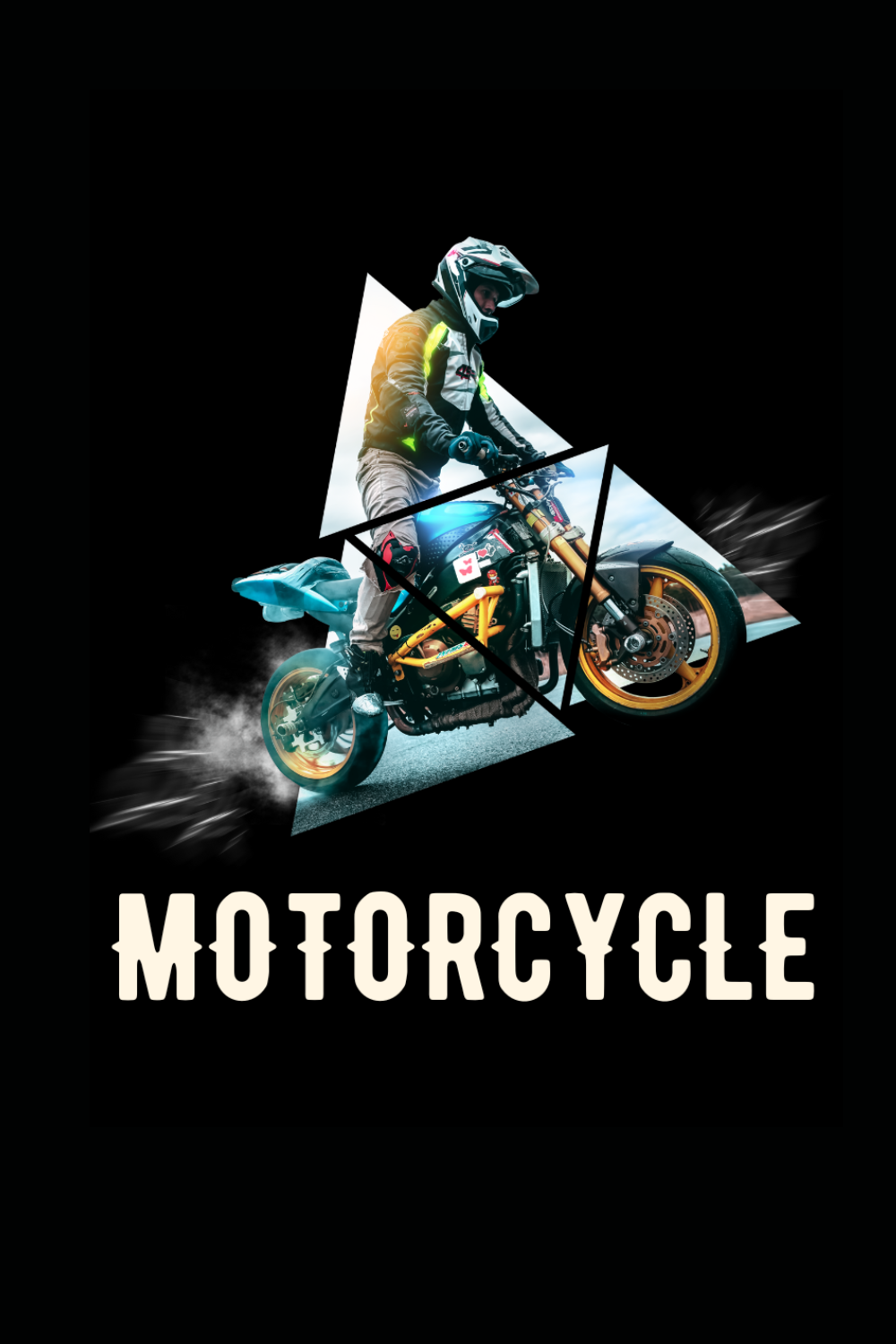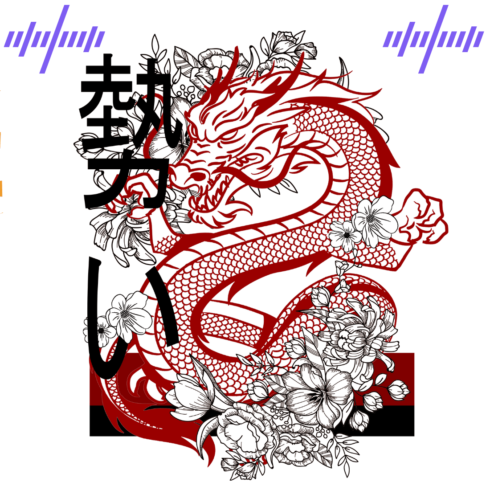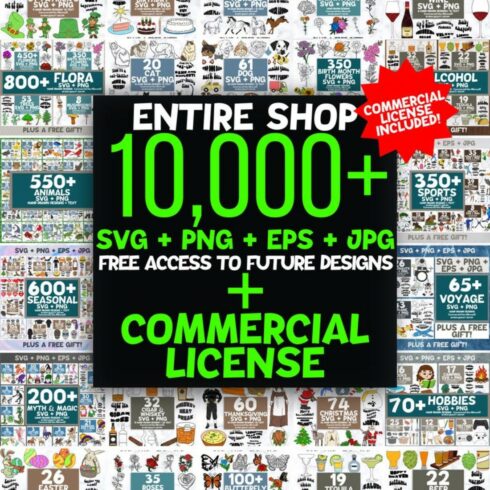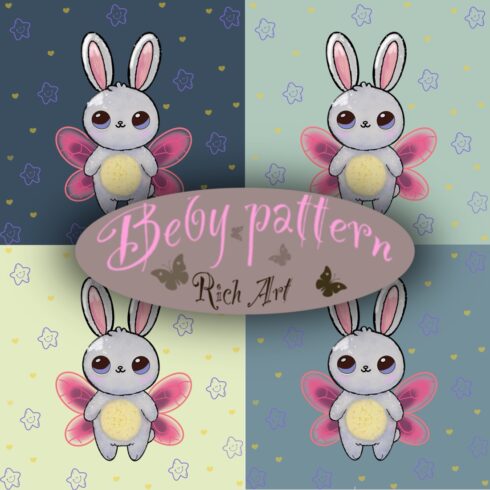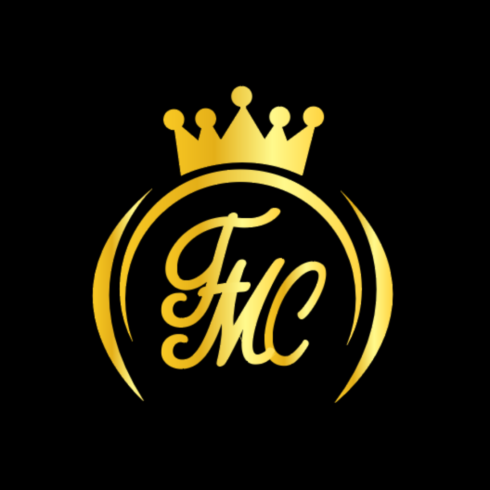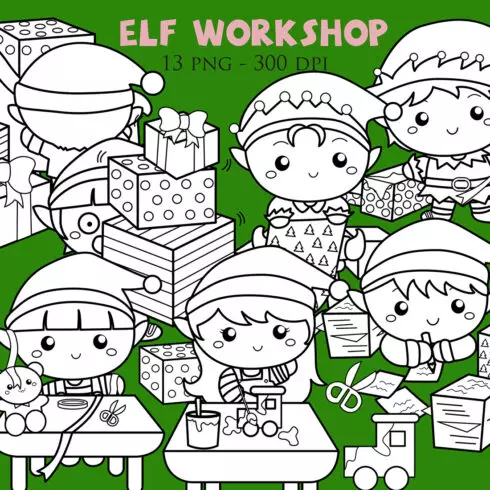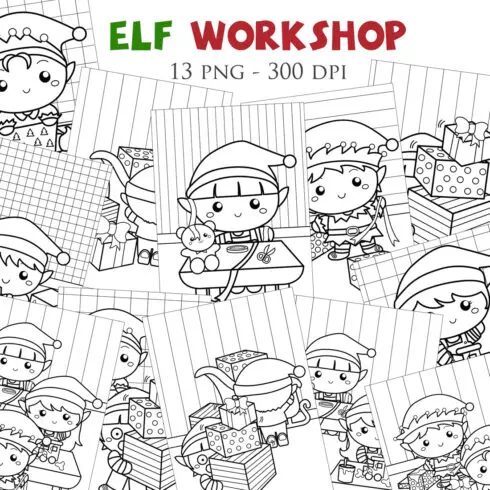
Product Specs
| Created by | sahaa0737 |
|---|---|
| File type | PNG |
| File size | 480.67 KB |
| Date of Creation | November 12 2024 |
| Color | black orange red yellow |
| Rating | 5 (13) |
| Category |
Bike graphics design involves creating visually appealing and functional graphics for bicycles, typically focusing on the frame, wheels, handlebars, and occasionally the accessories. Let’s break down the essential aspects of designing bike graphics:
1. Color Scheme
Base Color: The dominant color used on the bike frame, setting the overall tone.
Accent Colors: Secondary colors that highlight specific areas, like the logo, decals, and patterns, creating contrast and vibrancy.
Themes: Some popular themes are neon, metallic, or matte finishes, each providing a different aesthetic and feeling.
2. Graphic Elements
Logos and Branding: This includes the brand name, logo, and any signature design marks, often on the frame’s down tube or top tube.
Patterns and Shapes: Geometric designs, abstract shapes, or even organic patterns (like flames or camouflage) add personality.
Stripes and Lines: Clean lines, stripes, or even gradients can add dynamism and a sense of movement.
3. Typography
Font Selection: Bold, clear fonts for brand names or model numbers are often used to ensure readability.
Placement: Most text is placed on the top or down tube for visibility. Numbers or initials can also be added near the seat or handlebars as a subtle touch.
4. Texture and Finish
Glossy: Offers a reflective, sleek look but may show fingerprints and scratches.
Matte: A flat, understated finish that hides imperfections well and has a modern aesthetic.
Metallic/Chrome: Adds a flashy, polished effect and enhances the bike’s premium feel.
Carbon Fiber Prints: Often mimicked in graphics to give an impression of a high-tech, lightweight frame.
